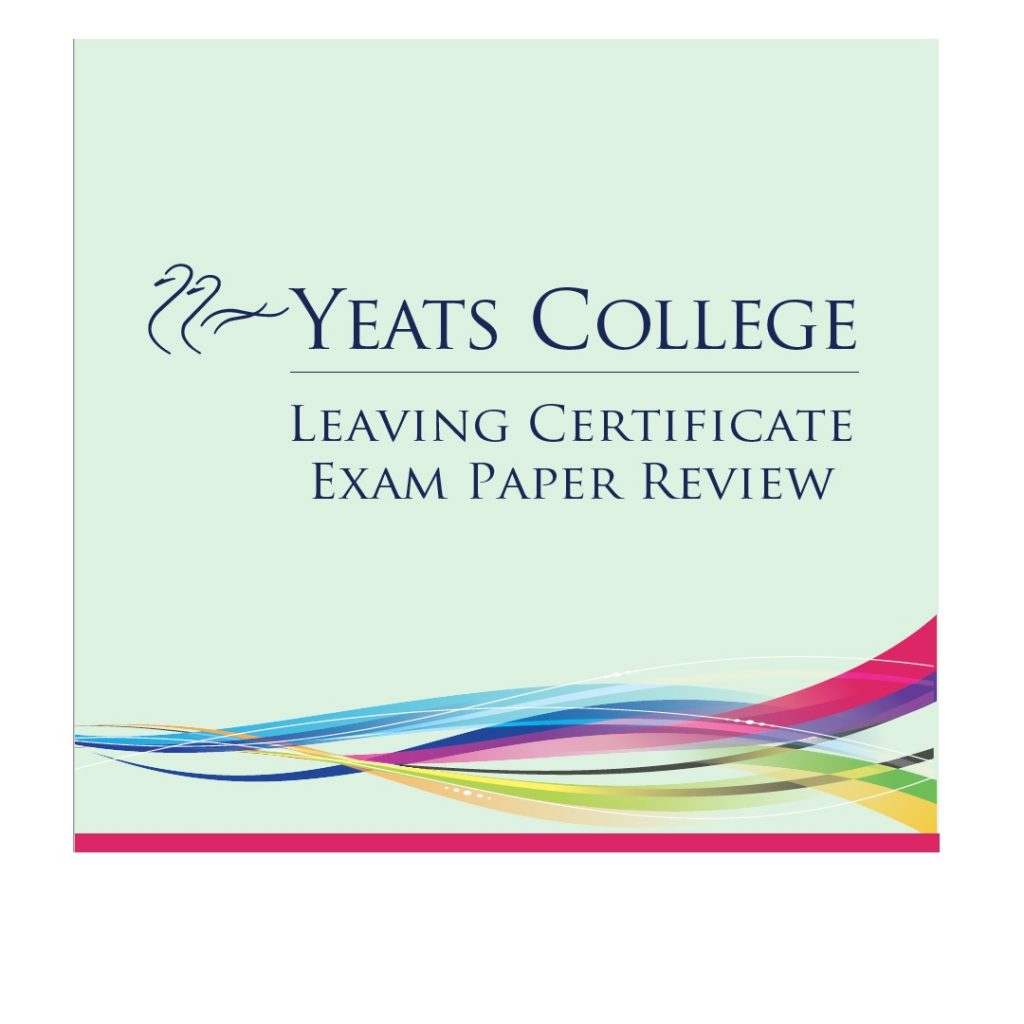by Katrina Davitt
A straight forward paper with plenty of choice for the prepared student. In Section I Physics, the layout of the exam followed previous years with mechanics, light, heat and electricity in their usual positions in the paper. This familiar structure would have been welcomed by the students allowing their nerves to settle so they could focus on the task at hand. The short questions in question one were clear and easy to follow with a number of topics present, allowing students to easily answer 11 out of the 18. The mechanics in question 2 had a balance between theory and calculations with nothing too difficult that couldn’t be worked out within the extra time. Question 3 on light, had a graph question which stated clearly it is an inversely proportional graph so students would know if they had made a mistake and could try again if necessary. Question 4, heat, also had a graph which was easy to plot but the theory questions based on the graph would have required some thought. Question 5, electricity, had no big surprises and students would have been happy to see Ohm’s law and resistance in the question. Finally, question 6 had radioactivity as per other years in (d) and choice between light, electricity and mechanics. This was very fair and meant that students who had studied those topics for the longer questions had plenty to work with. Students had to answer 2-3 questions on the Physics side and this paper made that very possible.
In Section II Chemistry, the short questions covered a lot of basic Chemistry and as long as students took their time to read the questions carefully there was nothing too difficult and plenty of choice. Question 8 was based on atomic theory with focus again on basic Chemistry and Bohr’s theory with plenty of familiar definitions. Question 9 was an acid-base titration that was easy to follow and had a straight forward calculation, with a balanced equation for the students to work from. Question 10 was a mixture of electrolysis and oxidation-reduction and question 11, organic. Both questions were nicely worded with clear direction and would not have been a problem for the prepared student. Students would have breathed a sigh of relief to see question 12 with its usual questions of the mole concept and thermochemistry present. The mole concept question would have required some thought but wasn’t anything students wouldn’t be familiar with. The thermochemistry calculation was straight forward with a nice question on catalysts at the end. Those that had prepared their atomic theory for question 8 would be happy to see a question on electronegativity and bonding, followed by an acid-base question with a titration curve and a simple pH calculation present. Students had to answer 2-3 questions on the Chemistry side and this should not have been an issue.
Overall, a fair exam today which would have helped students benefit greatly from the extra choice and time during the exam. It allowed students to focus on their strengths in both sections and had plenty of choice. Well done to all






